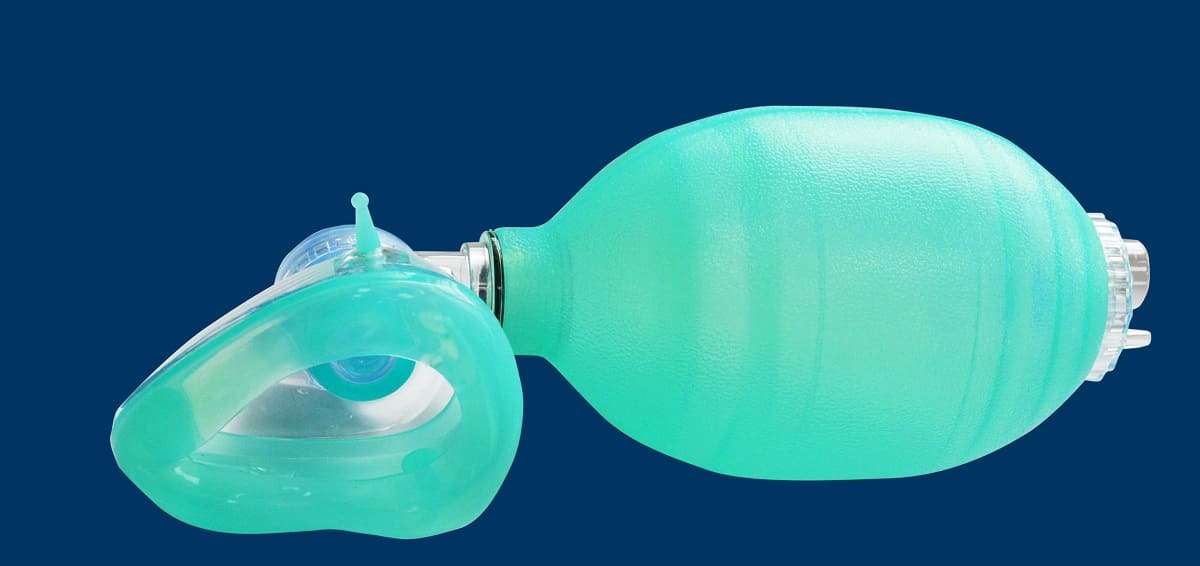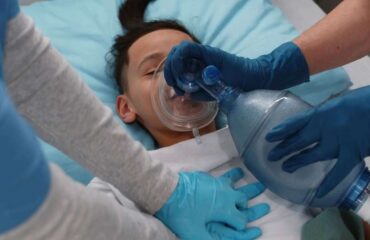Manual resuscitators, also known as bag valve masks (BVMs), are critical medical devices used to provide positive pressure ventilation to individuals who are not breathing adequately or at all. They are essential in emergency situations such as cardiac arrest, respiratory failure, or during anesthesia.

Here’s how they are used to save lives:
Airway Management:
- Positioning: The patient’s head is positioned to open the airway, typically using the head-tilt-chin-lift or jaw-thrust maneuver.
- Mask Placement: The mask of the resuscitators is placed over the patient’s nose and mouth, ensuring a tight seal to prevent air leaks.
Ventilation:
- Squeezing the Bag: The rescuer squeezes the bag manually, which pushes air (or oxygen if connected to an oxygen source) into the patient’s lungs.
- Controlled Breaths: The rate and volume of breaths are controlled by the rescuer to mimic normal breathing and avoid hyperventilation or barotrauma (damage caused by excessive pressure).
Oxygen Delivery:
- Oxygen Connection: The BVM can be connected to an oxygen source to deliver high concentrations of oxygen, enhancing the effectiveness of ventilation.
- Reservoir Bag: Some manual resuscitators have a reservoir bag that can store additional oxygen, ensuring that the air delivered has a high oxygen concentration.
Monitoring and Adjustments:
- Observing Chest Rise: The rescuer monitors the patient’s chest to ensure it rises with each squeeze, indicating effective ventilation.
- Adjusting Technique: The rescuer may need to adjust the mask fit, head position, or ventilation rate based on the patient’s response.
Teamwork in CPR:
- Coordination: During cardiopulmonary resuscitation (CPR), one rescuer typically handles the BVM while another performs chest compressions, ensuring continuous and effective resuscitation efforts.
- Advanced Airways: In some cases, advanced airway devices (e.g., endotracheal tube) are used, and the BVM is connected to these devices to provide more efficient ventilation.
Training and Practice:
- Skills Training: Proper use of an ambu bag or resuscitator requires training and practice to ensure the rescuer can provide adequate ventilation without causing harm.
- Regular Drills: Healthcare providers regularly participate in drills and simulations to maintain proficiency in using BVMs.

